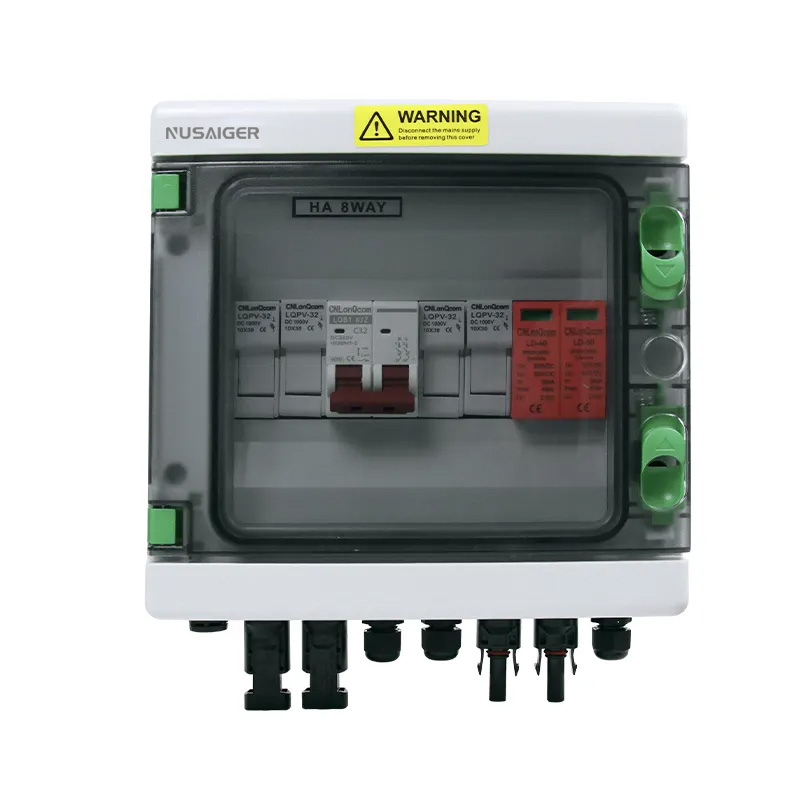How to Select Materials for Durable and Weatherproof PV Combiner Boxes
Choosing the right materials for photovoltaic (PV) combiner boxes is essential to ensure durability, weather resistance, and long-term performance. Since these boxes are typically installed outdoors, they must withstand harsh environmental conditions such as UV radiation, rain, dust, temperature extremes, and corrosion.
1. Common Materials Used in PV Combiner Boxes
The most frequently used materials include:
- Stainless Steel: Offers excellent corrosion resistance and mechanical strength. Ideal for coastal or industrial environments.
- Aluminum Alloy: Lightweight with good corrosion resistance and thermal conductivity. Often powder-coated for enhanced protection.
- Polycarbonate and Thermoplastic: Non-metallic options that provide good weather resistance, electrical insulation, and impact resistance. Suitable for lightweight, cost-effective solutions.
- Fiberglass Reinforced Plastic (FRP): Highly durable, corrosion-resistant, and electrically insulating material commonly used in harsh environments.
2. Factors Influencing Material Choice
- Environmental Exposure: Coastal areas with salt spray require highly corrosion-resistant materials such as stainless steel or FRP.
- UV Resistance: Materials should withstand prolonged exposure to sunlight without degradation or discoloration.
- Thermal Management: Metals like aluminum help dissipate heat better than plastics, reducing component stress.
- Weight and Ease of Installation: Lightweight materials reduce installation effort and cost.
- Cost: Balancing upfront material costs with long-term durability and maintenance.
3. Weatherproofing and Sealing
Regardless of material, proper sealing with gaskets, waterproof cable glands, and robust enclosure designs are necessary to achieve ratings such as IP65 or NEMA 4X, protecting against dust and water ingress.
4. Corrosion Protection Techniques
For metal enclosures, surface treatments like powder coating, anodizing, or galvanizing further improve resistance to corrosion and extend service life.
5. Compliance with Standards
Materials and enclosures should comply with industry standards like UL 50 or IEC 60529 (IP rating) to ensure adequate protection levels.
6. Maintenance Considerations
Durable materials reduce maintenance frequency and costs. Inspect periodically for physical damage, corrosion spots, or seal degradation to prevent failures.
Conclusion
Selecting the appropriate material for PV combiner boxes tailored to your site conditions and budget is critical for reliable, long-lasting solar installations. Combining high-quality materials with proper sealing and protection techniques ensures your combiner boxes stand the test of time and environment.



